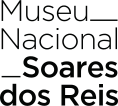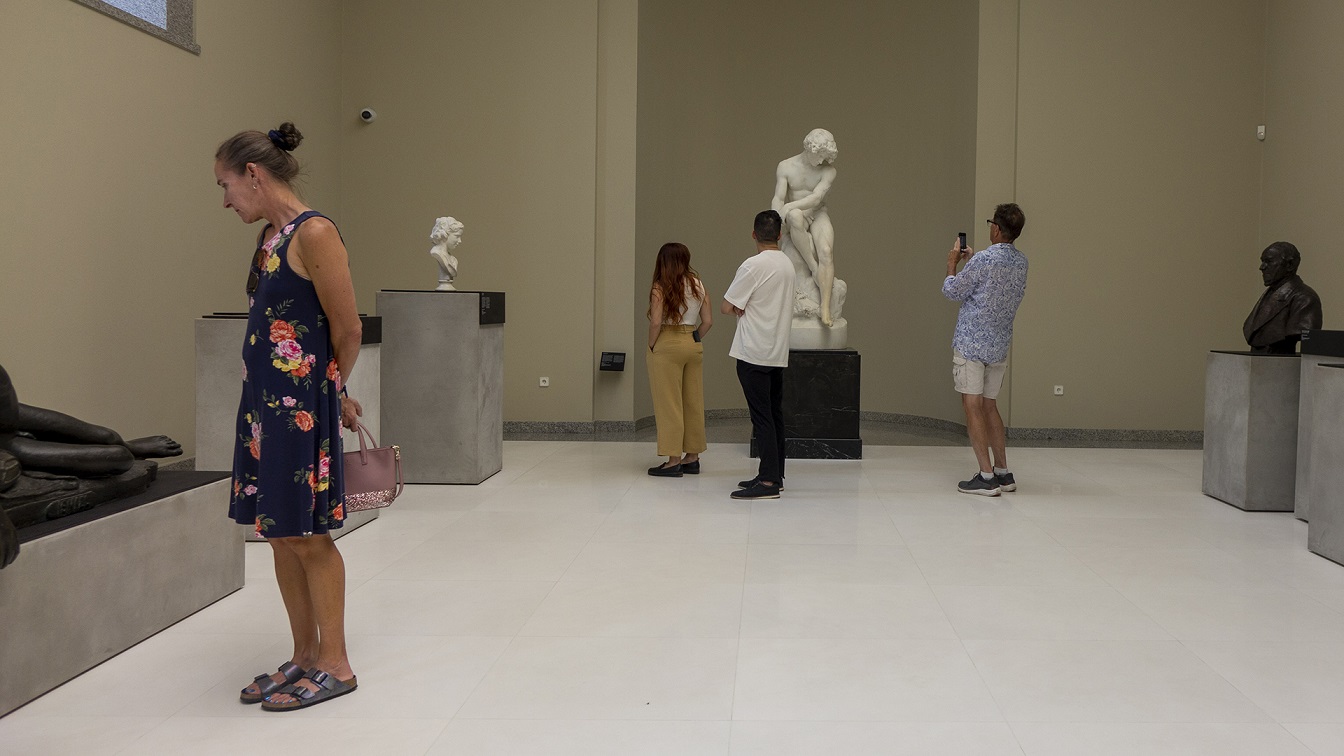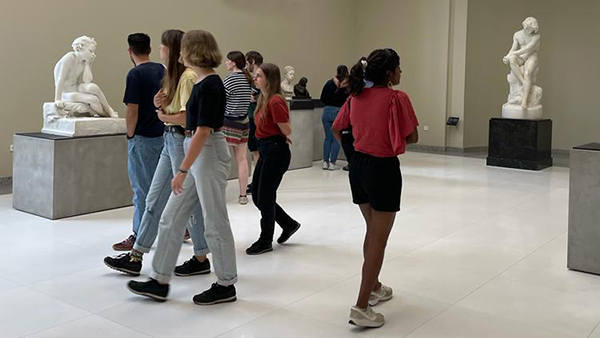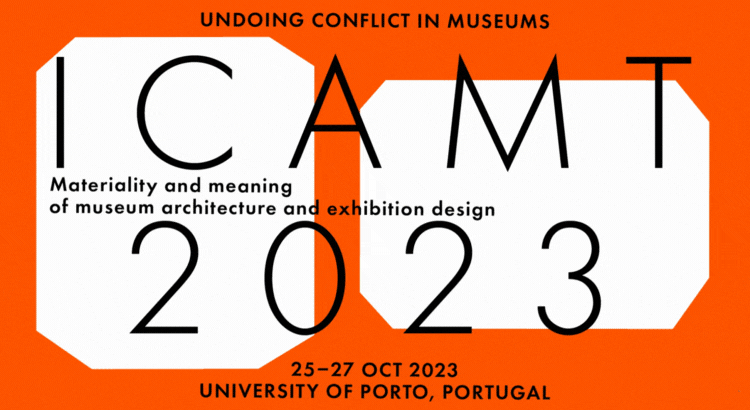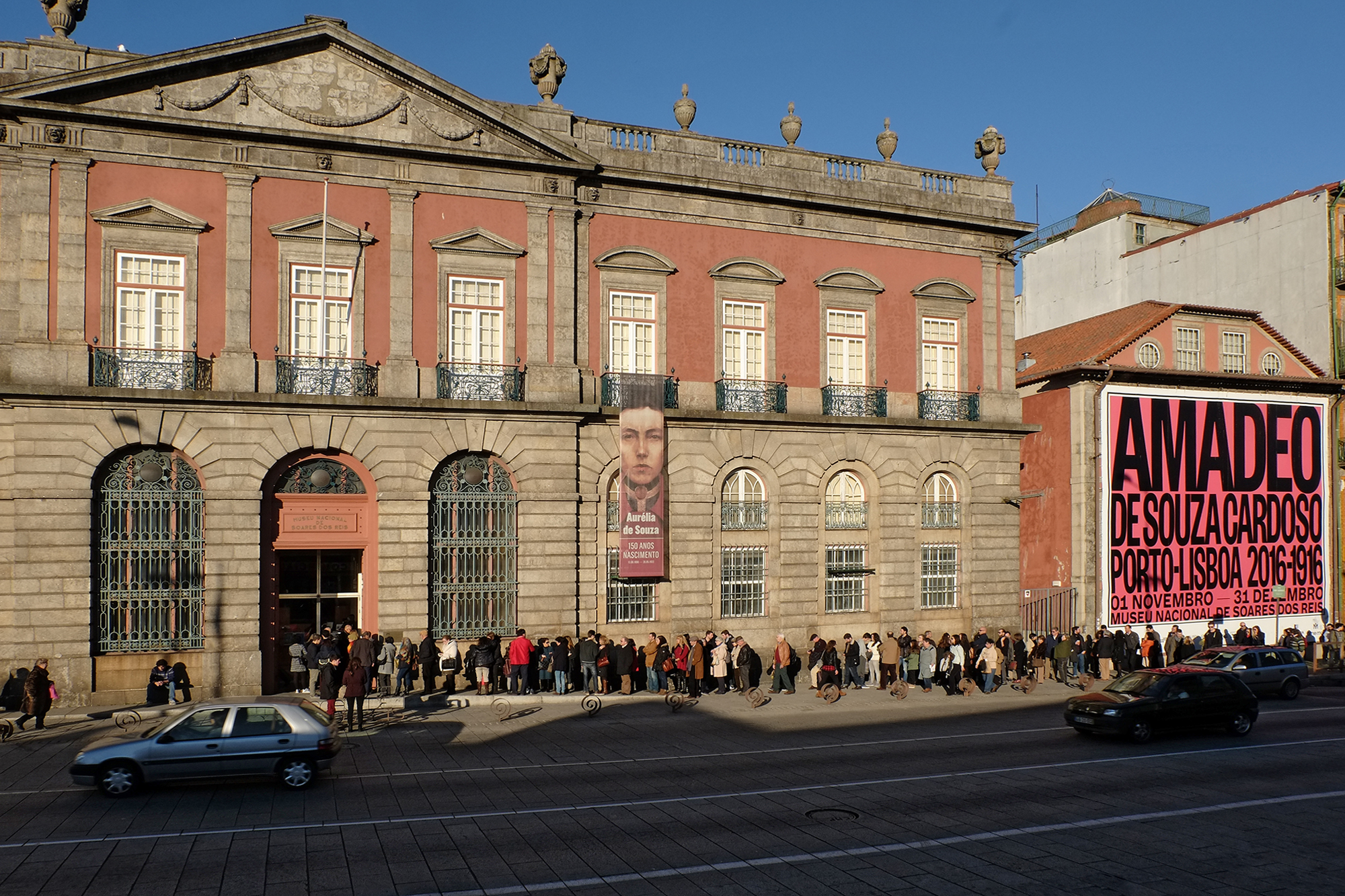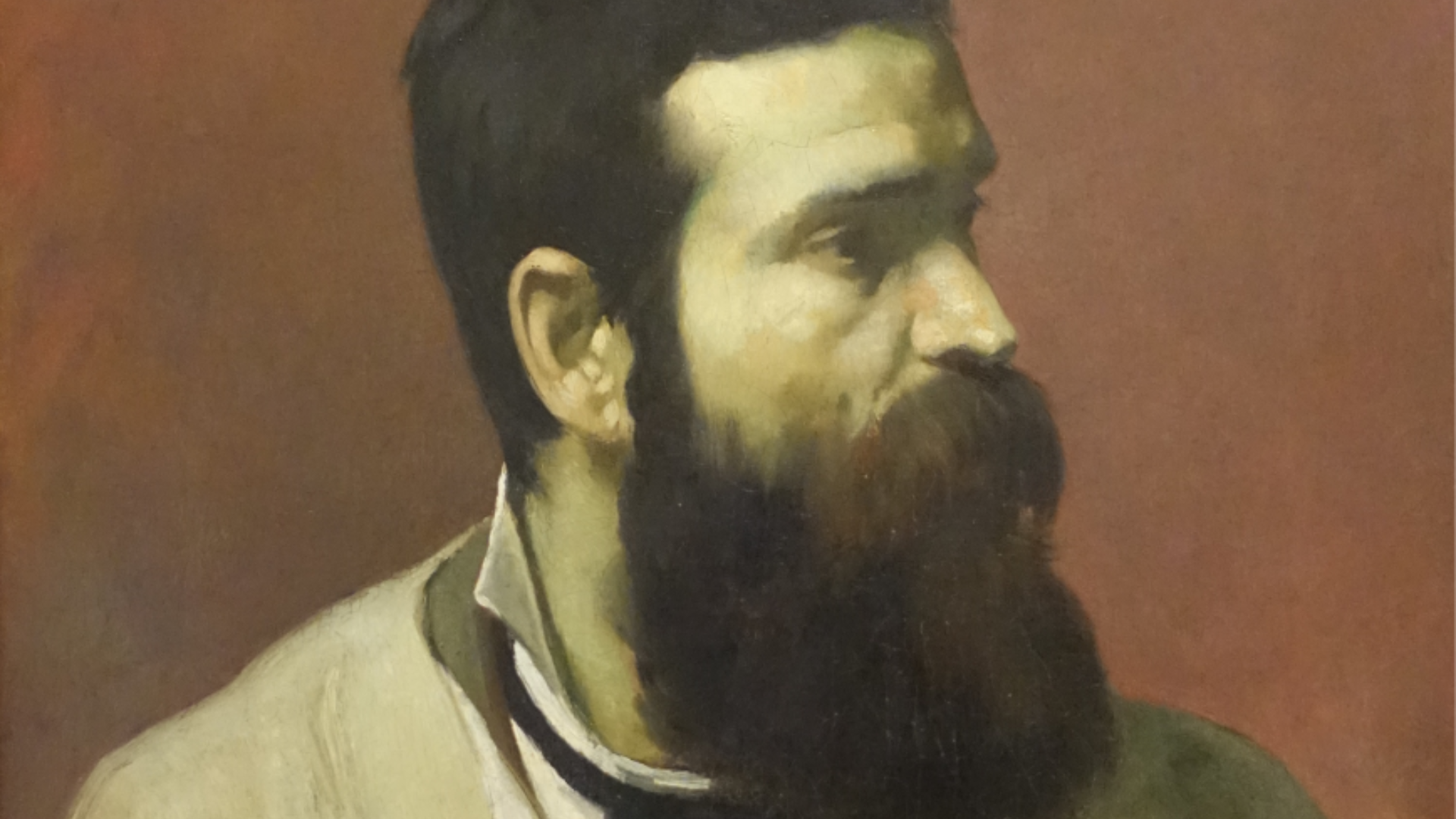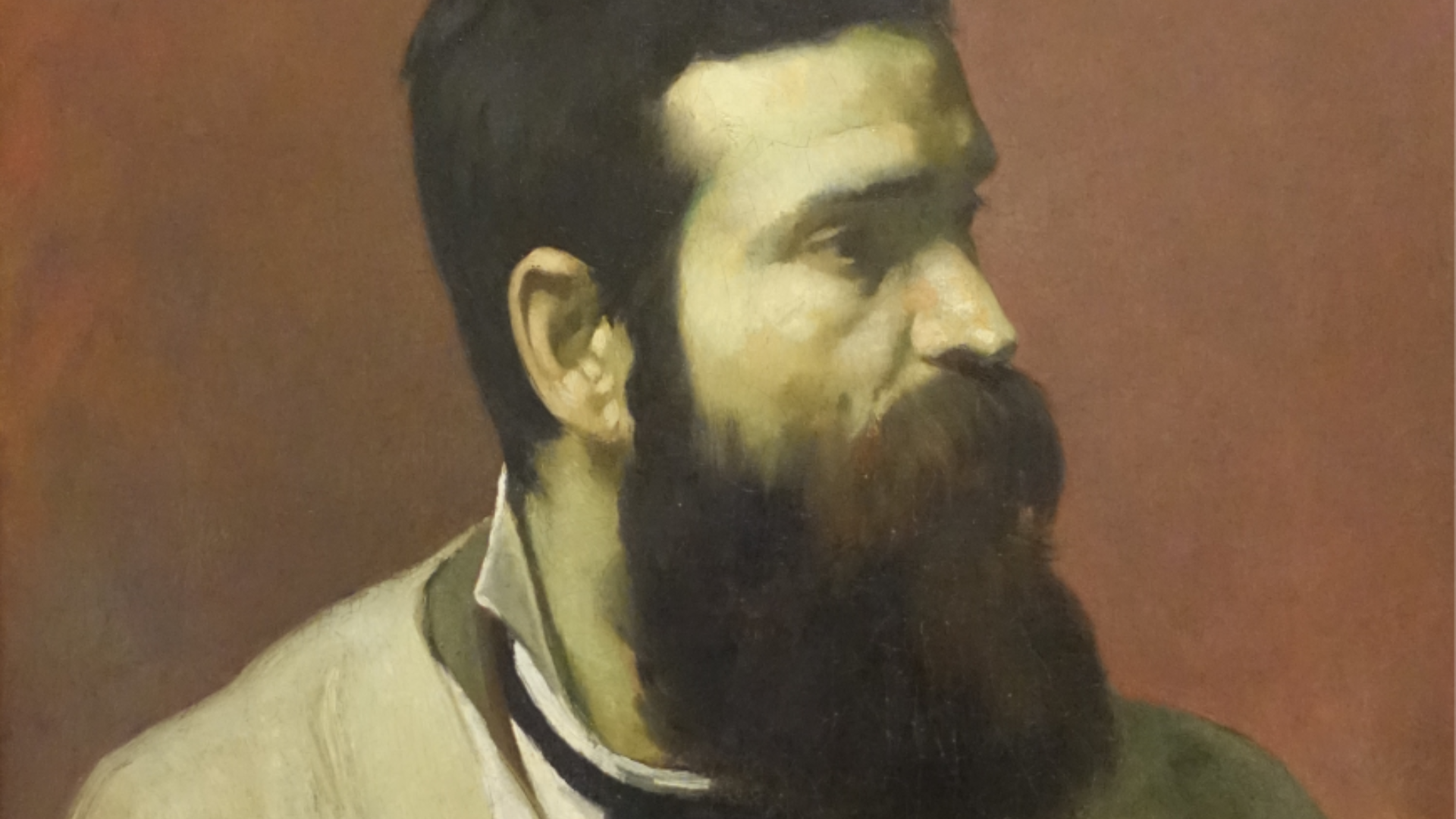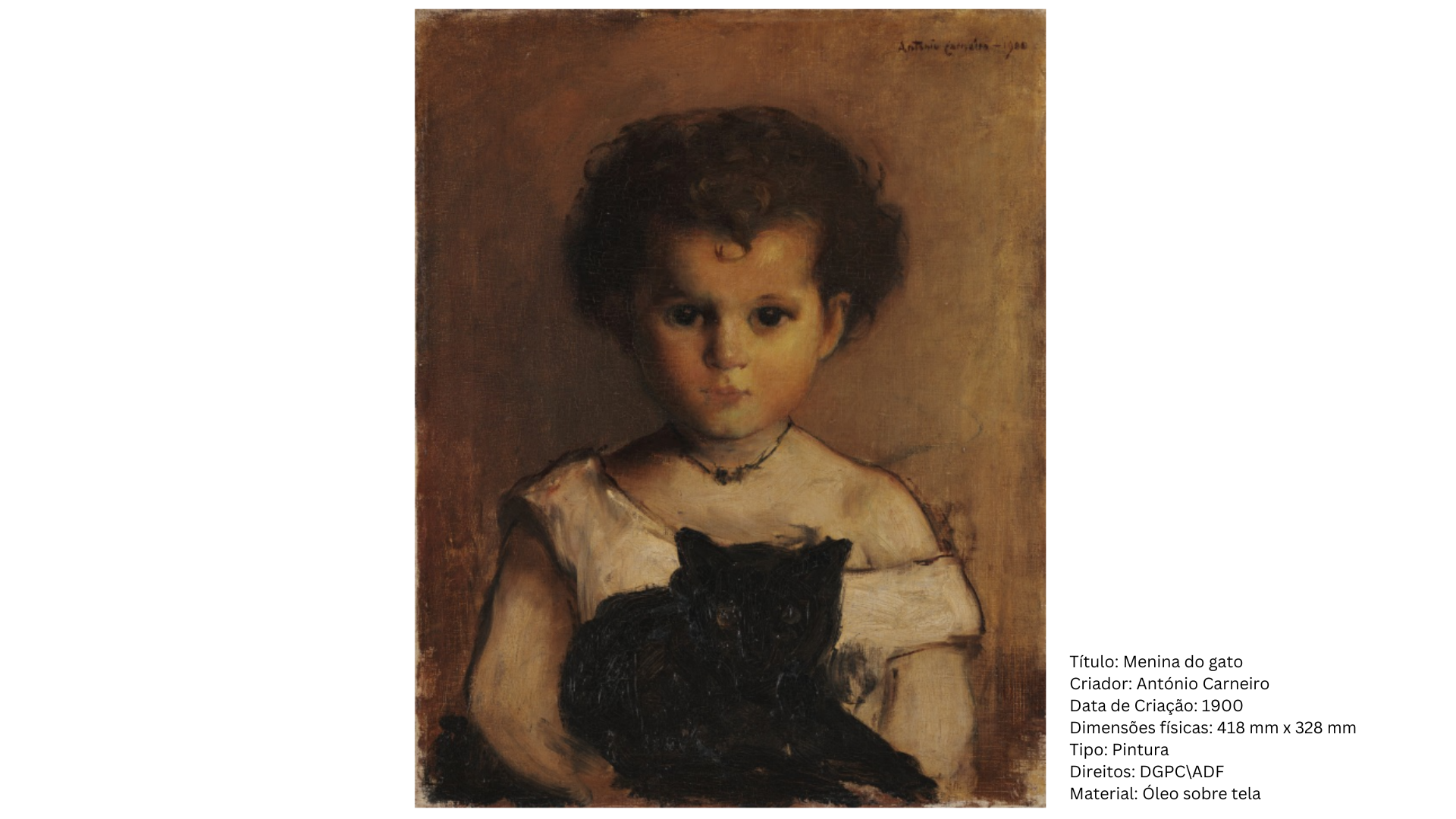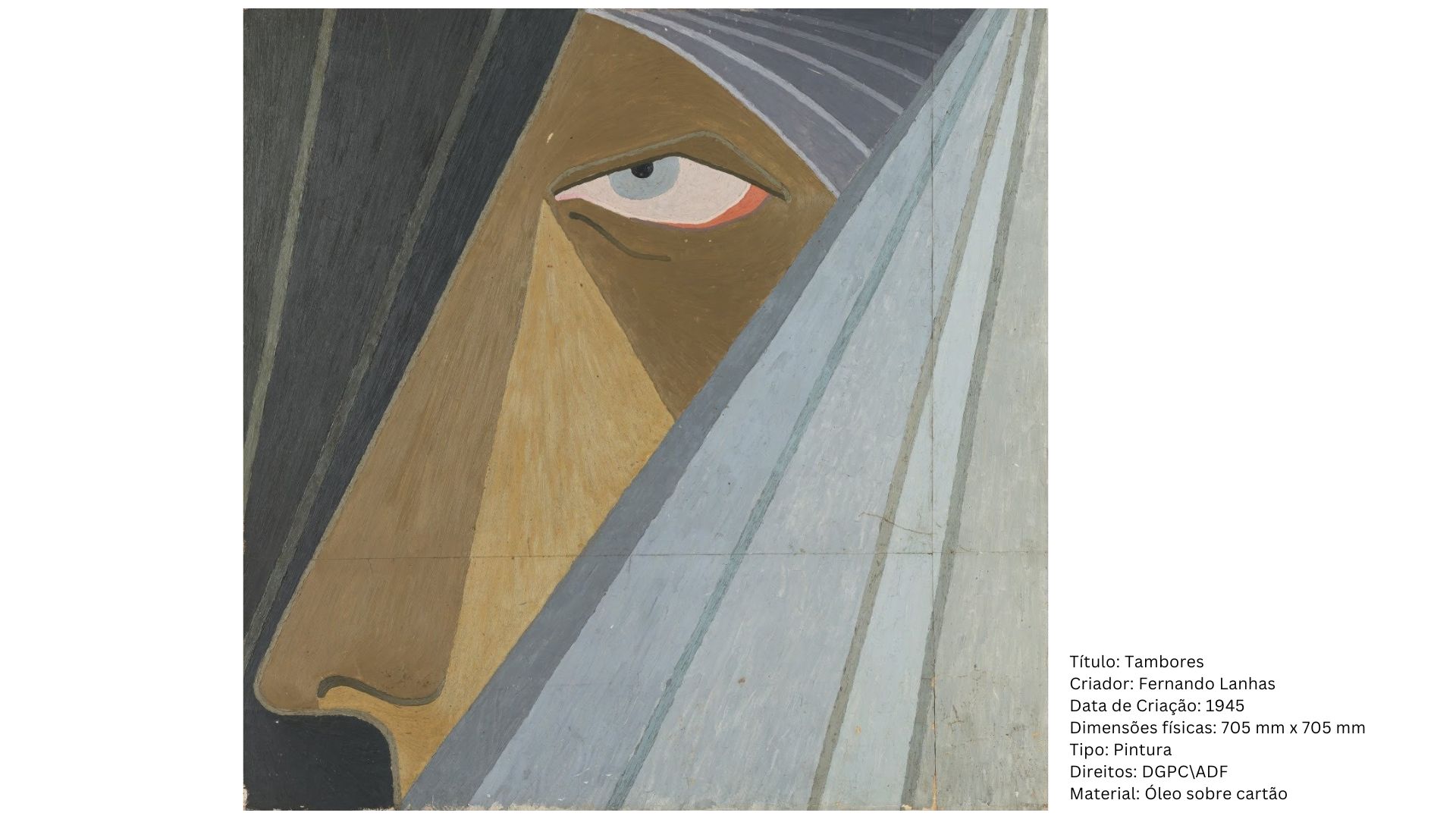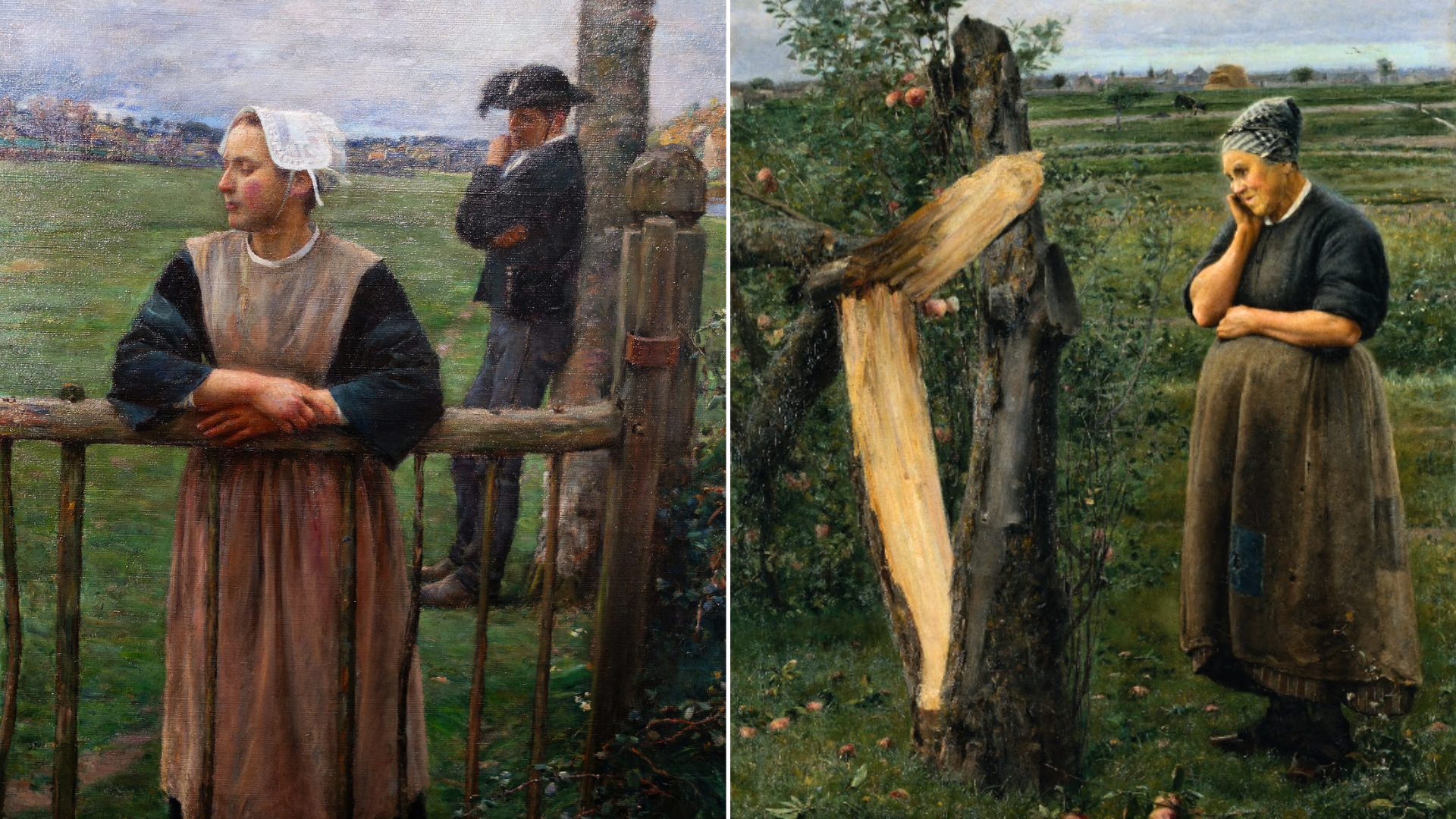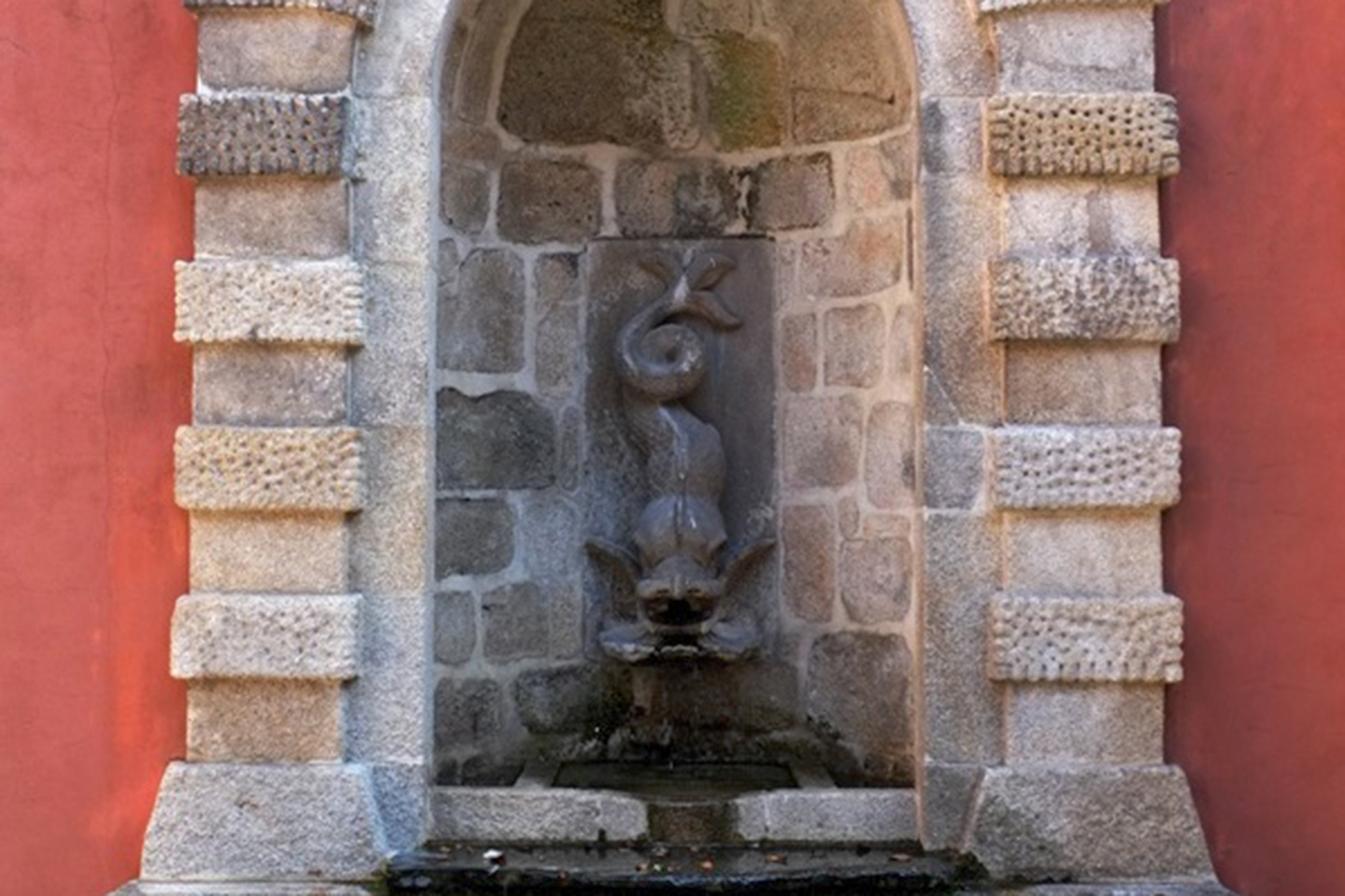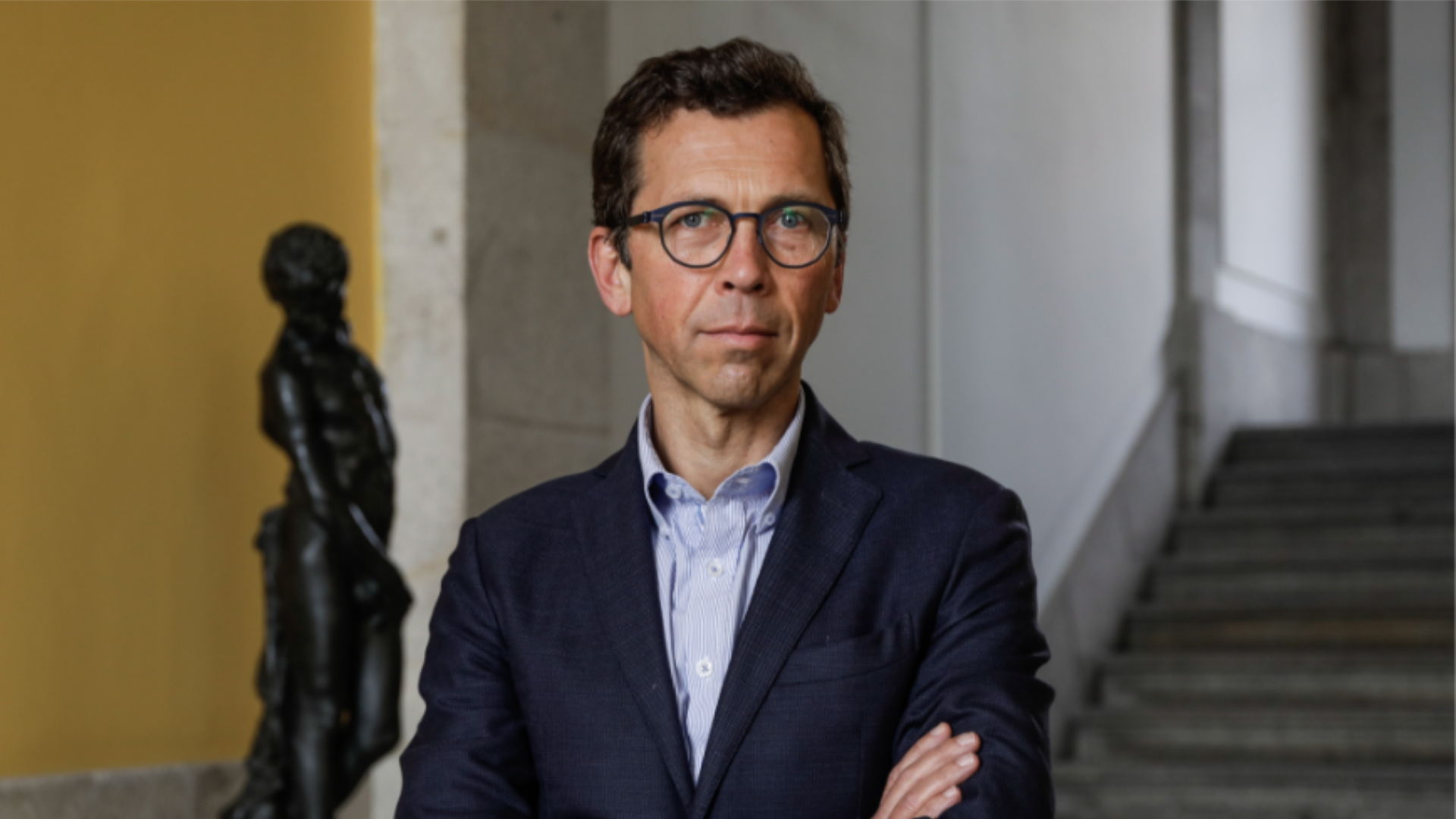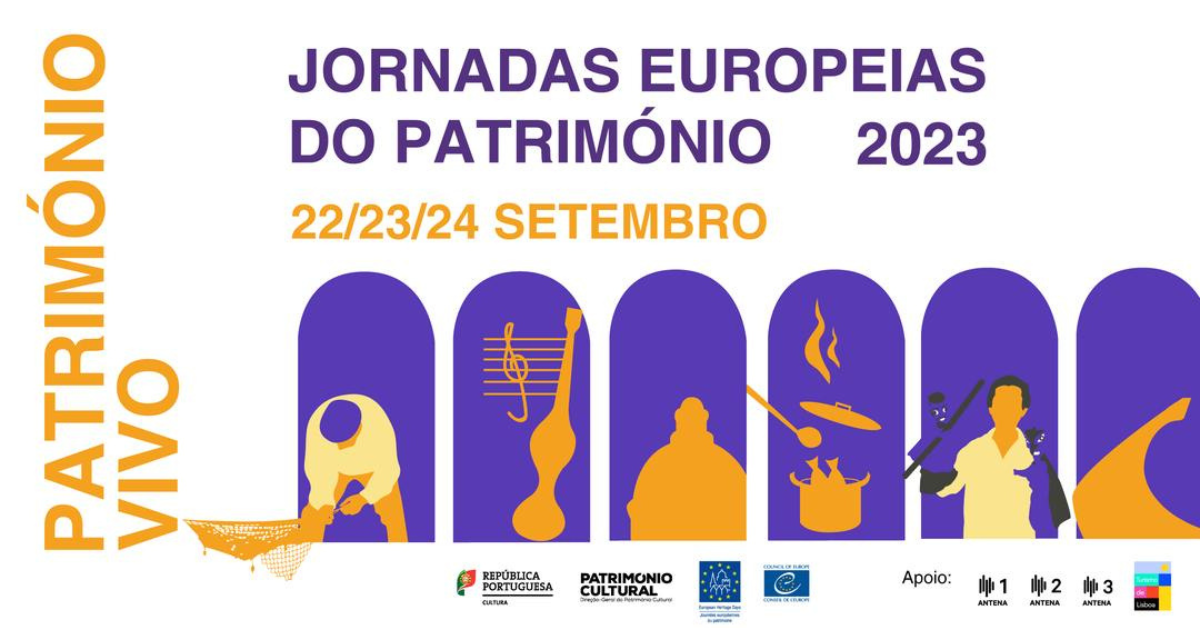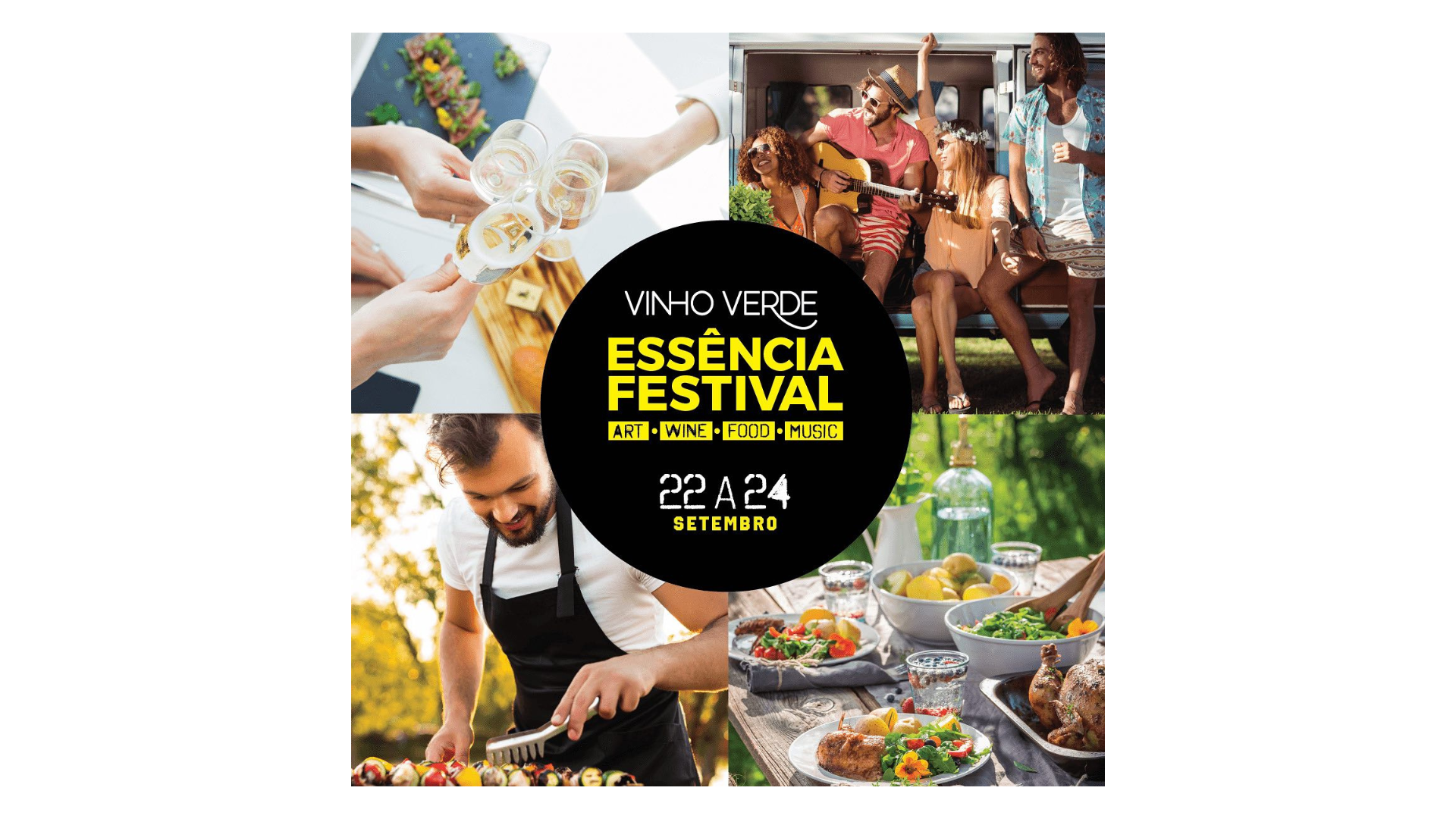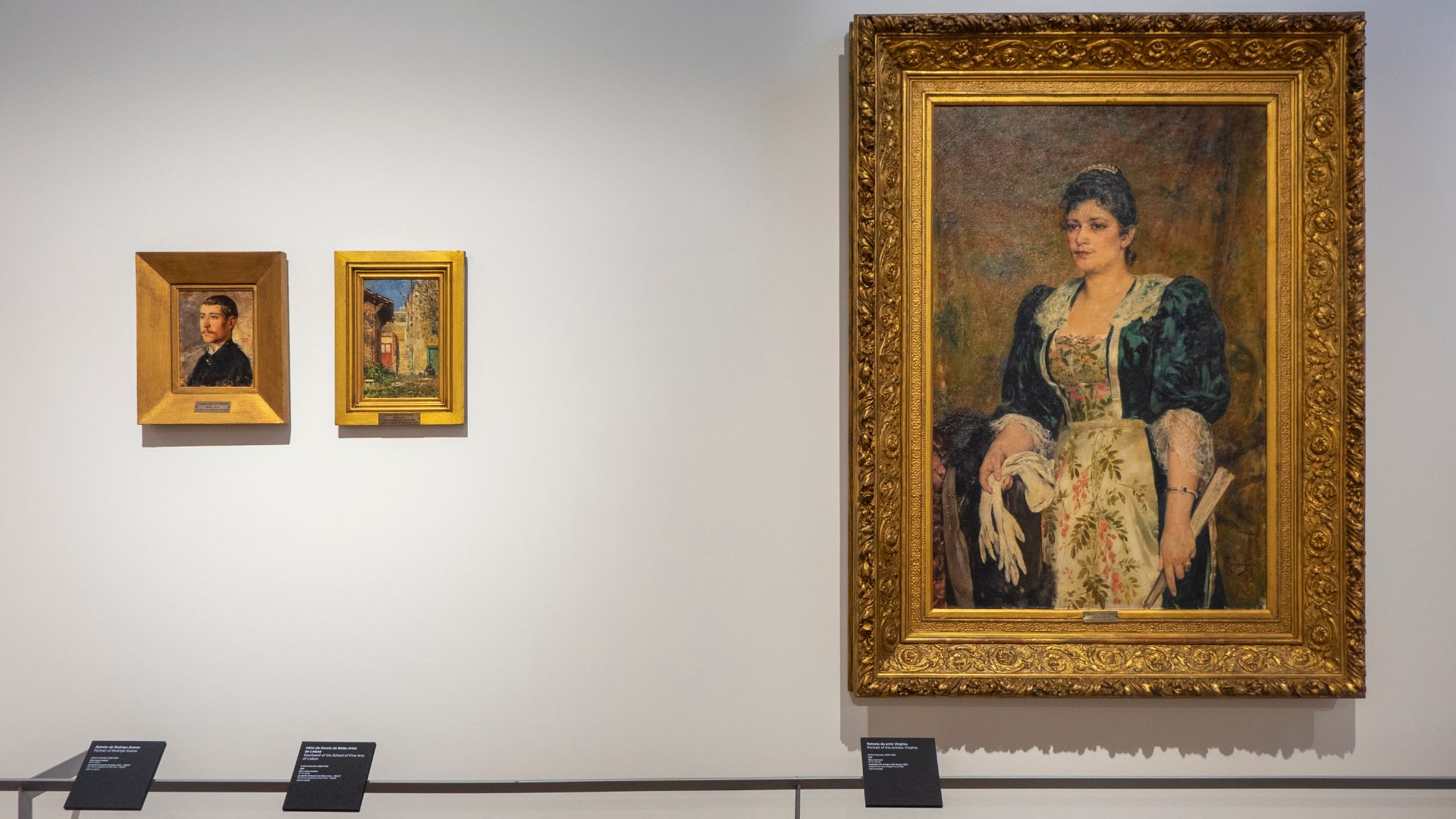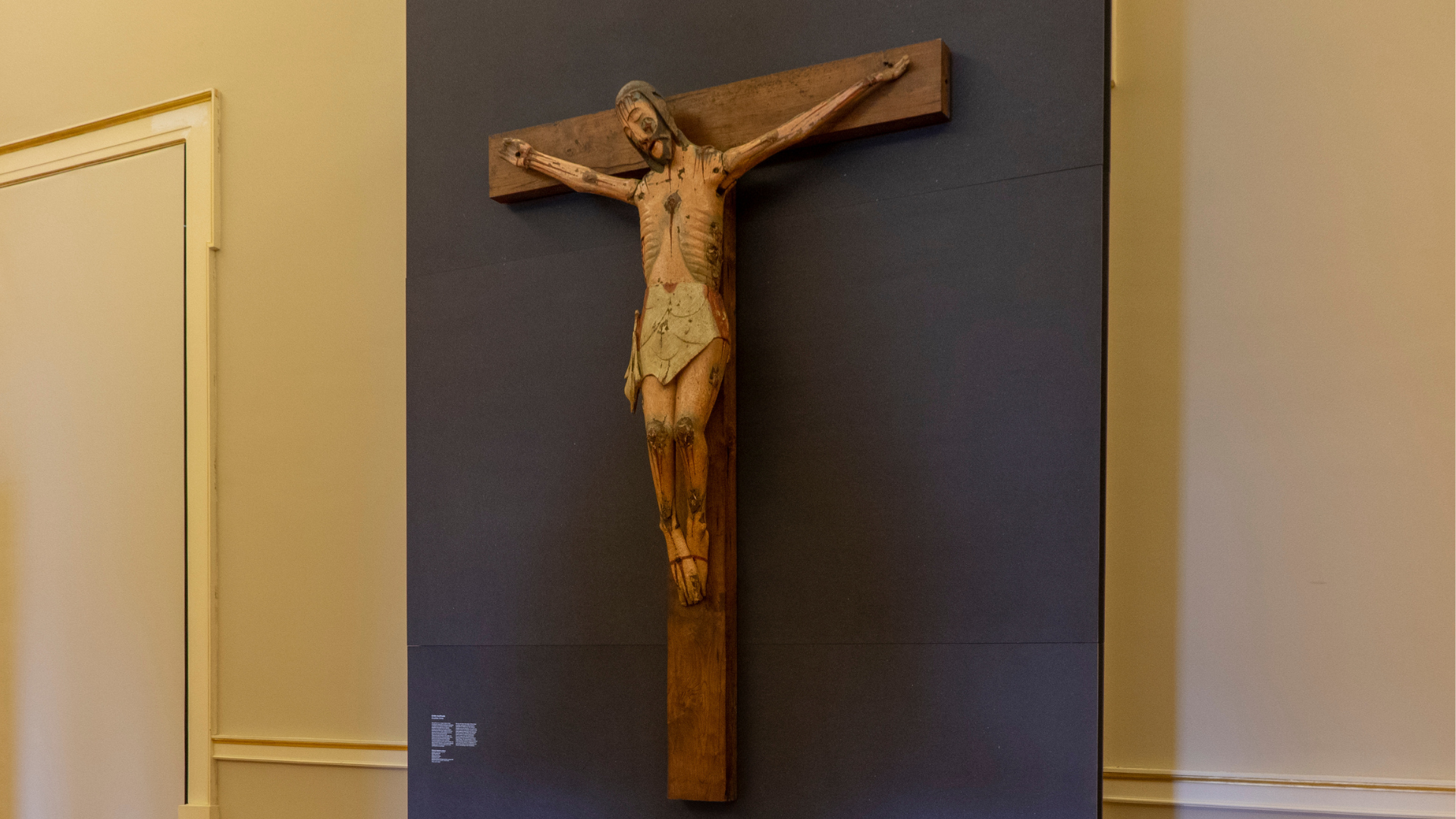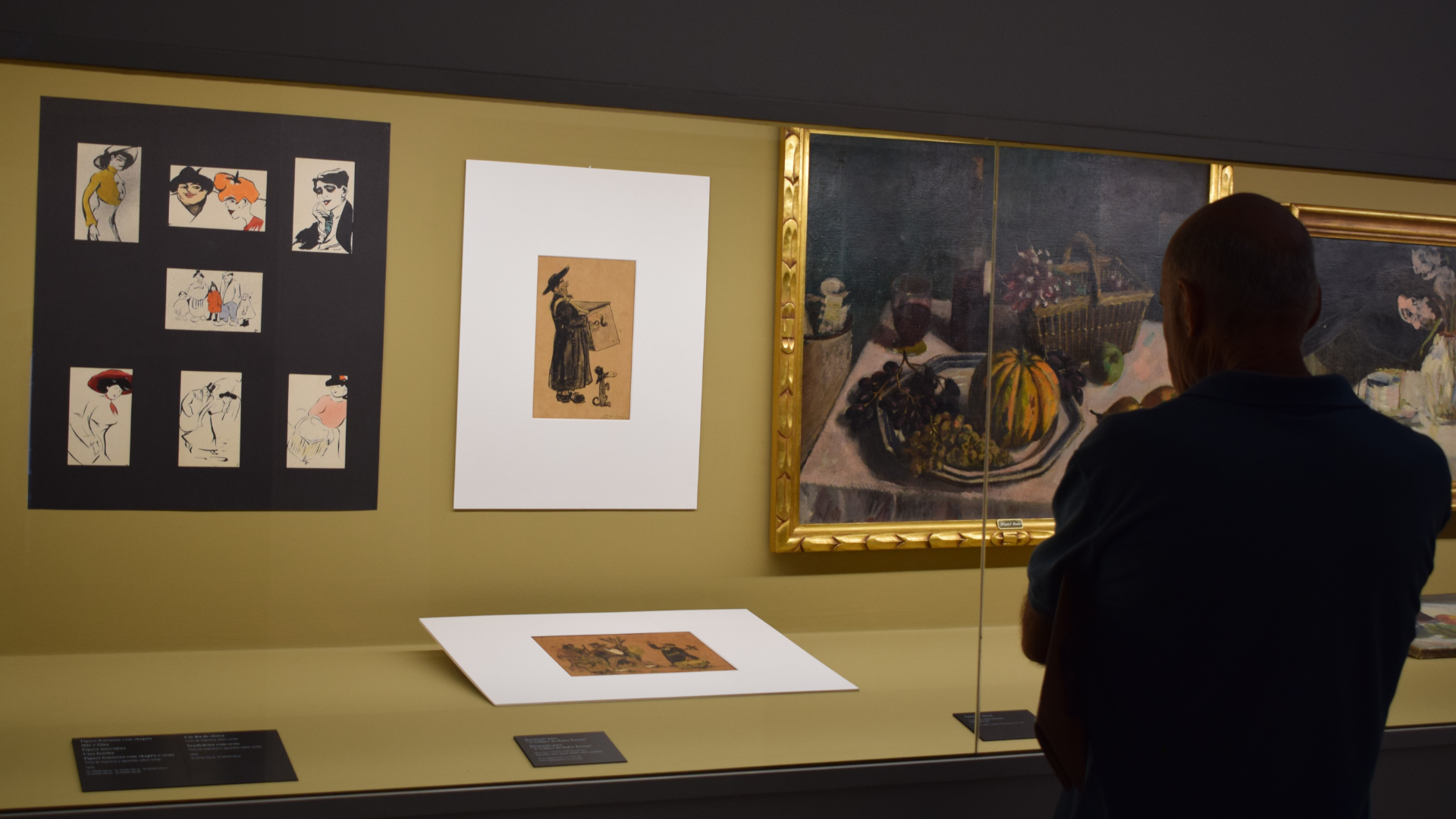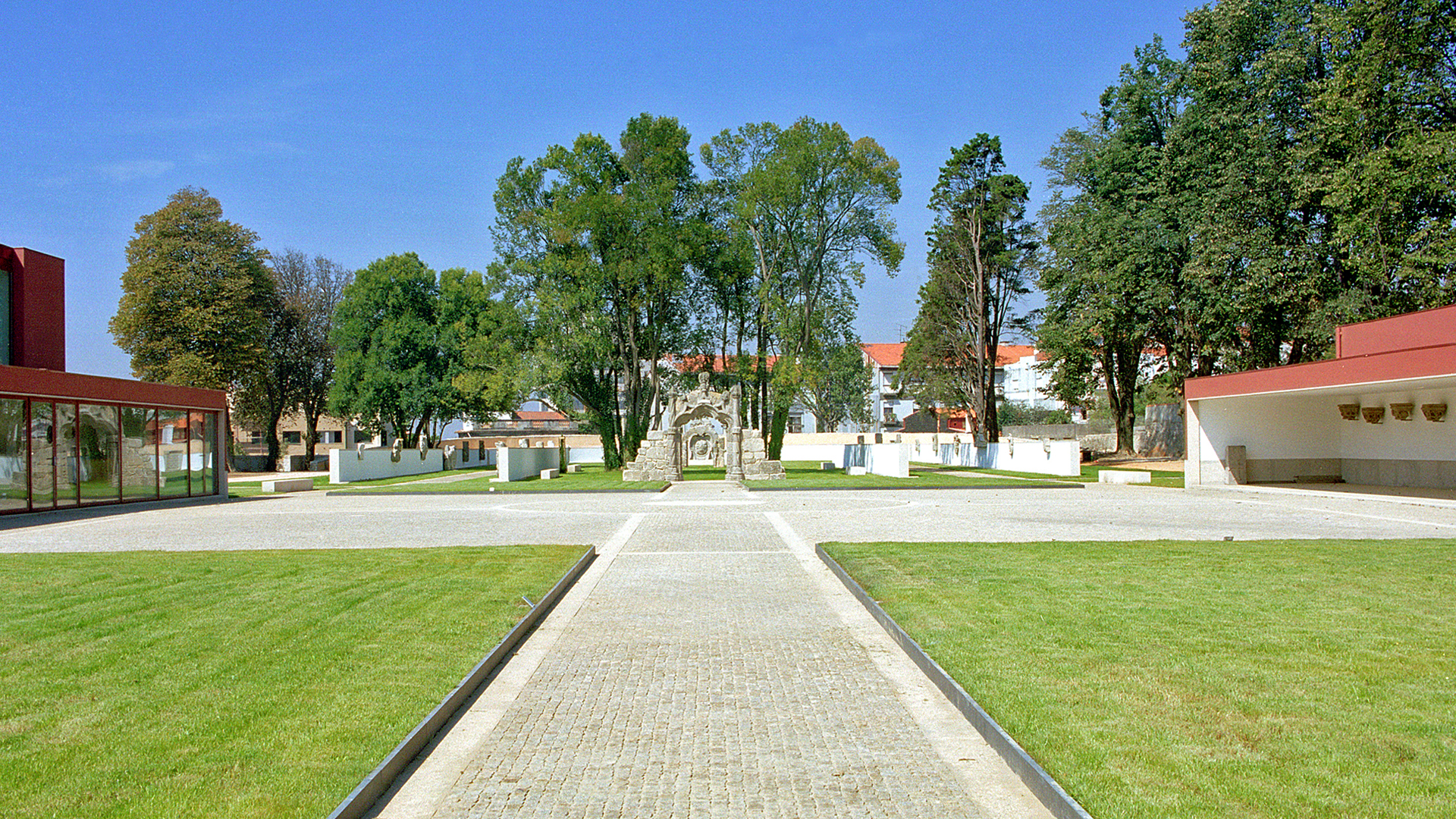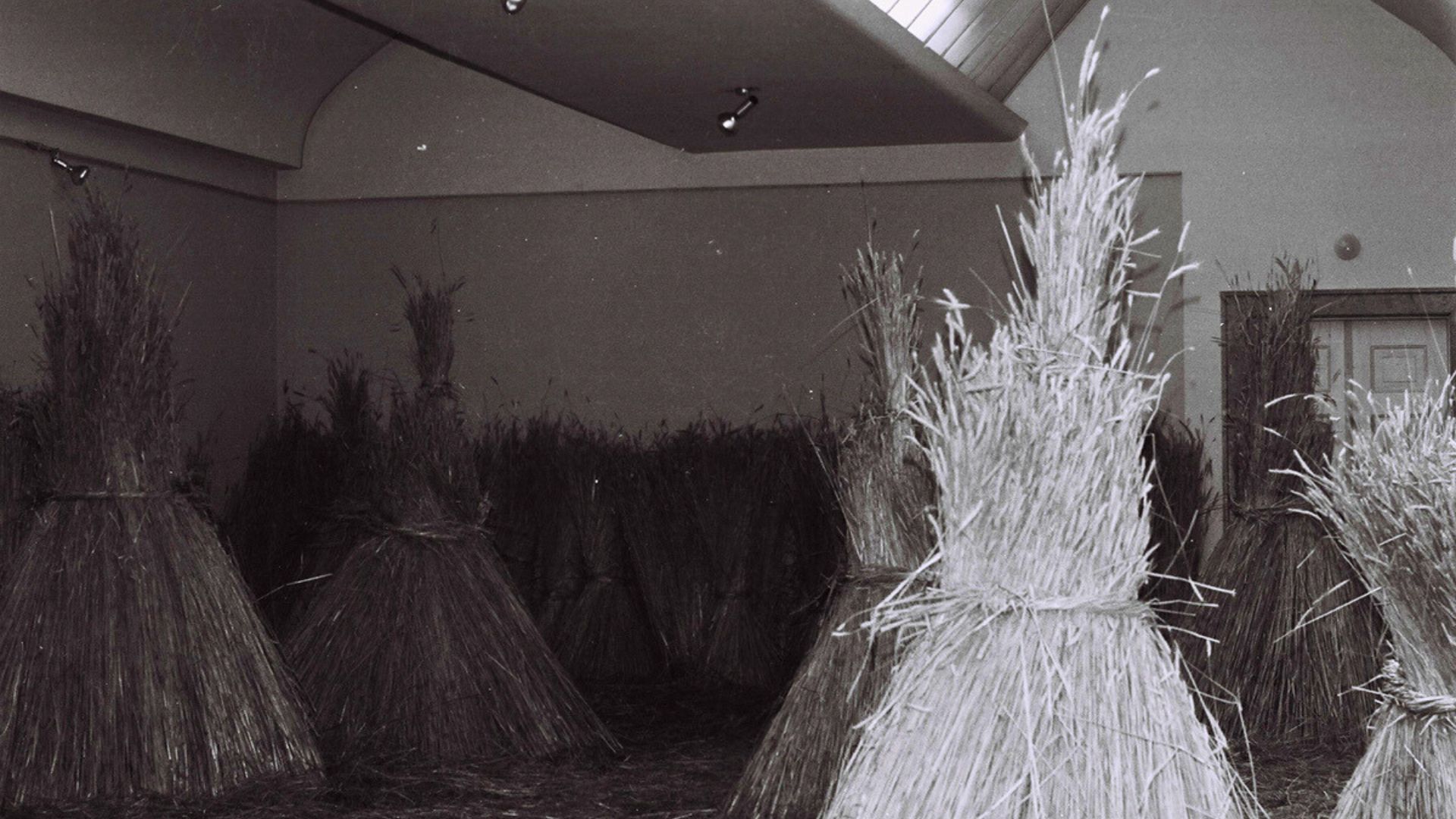As part of the parallel programme of the exhibition Portreto de la Animo. Art Brut Etc. exhibition at the Soares dos Reis National Museum until 13 November, the “Art and Normality” talk will take place on 11 October at 6pm, with António Roma Torres and Heitor Alvelos as guests, moderated by Hugo Barreira. The session is held in Portuguese.
The initiative aims to mark World Mental Health Day (celebrated on 10 October), kicking off a cycle of talks that will take place over the next month, with the support of the National Coordination of Mental Health Policies.
Data released by the World Health Organisation indicates that by 2030, depression is expected to become the most common illness in the world, affecting more people than any other health problem.
Raising awareness of this growing trend, alerting and sensitising people to the need to extend the debate on mental illness to the public sphere, linking the scientific community and citizens, is a pressing need that calls on all sectors of society, including museums.
It is in this context that the Soares dos Reis National Museum has been carrying out various actions under the “Art & Health” programme.
The “Portreto de la Animo” exhibition and parallel activities are the focus of this programme in 2023, continuing with a cultural offer aimed at minimising the impact of illness, increasing self-confidence and well-being, making it possible to build a safe environment, relieving suffering and reducing the anguish of the people who take part in them.
The “Portreto de la Animo” exhibition includes selected pieces from the Treger Saint Silvestre Collection that relate to processes of self-representation and were mostly produced in contexts of illness. The Soares dos Reis National Museum is thus bringing together these works of art, inscribed in currents that go beyond the traditional, with others from its own collection.
